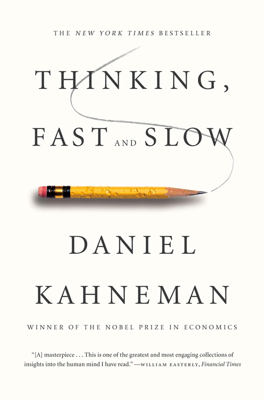The Outside View
The Inside View vs. The Outside View
During a curriculum development project, Daniel Kahneman and his team initially predicted a two-year completion time. However, upon using the outside view by comparing their situation to similar projects, they learned that about 40% of similar teams had never completed the task, and even successful teams took 7-10 years.
Insights on Forecasts and Failures
The stark difference between the team's optimistic forecast and the grim statistics from similar past projects illustrates a persistent oversight in human judgment: - The Planning Fallacy: People often lean towards underestimating timelines and costs, envisioning best-case scenarios without considering potential setbacks. - Ignored Statistical Information: Like in other experiments, the team ignored "pallid" statistical information when it conflicted with their more vivid personal impressions of their projects.
Impact and Correcting the Planning Fallacy
Kahneman stresses the importance of incorporating distributional information from similar cases to improve project forecasts, a process known as reference class forecasting. This approach involves: 1. Selecting a relevant reference class (like kitchen renovations or educational curriculum projects). 2. Gathering statistical data about this class (average costs, timelines, failure rates). 3. Adjusting baseline predictions based on specific differences in the current project.
Despite understanding these dynamics, realizing them in practice can be challenging, as personal and inside views often overshadow statistical and exterior perspectives.
Decision Errors and Rationality
The continuous journey with the curriculum project, ignoring the statistical insights about its likely duration and risk of failure, exemplifies what Kahneman describes as irrational perseverance: - Teams may proceed with projects under the sway of initial commitment despite confronting evidence suggesting a reconsideration. - Such decisions stress the sunk-cost fallacy, where further investments are justified by the amount already spent, rather than by probabilistic outcomes of success or failure.
Practical Application and Awareness
Kahneman concludes with reflections on the necessity for leaders and decision-makers to actively seek the outside view to counteract innate biases toward overly optimistic forecasts. This shift is crucial not only in professional or academic settings but also in personal decision-making, where systemic overconfidence can lead to significant underestimations of risks and costs.
